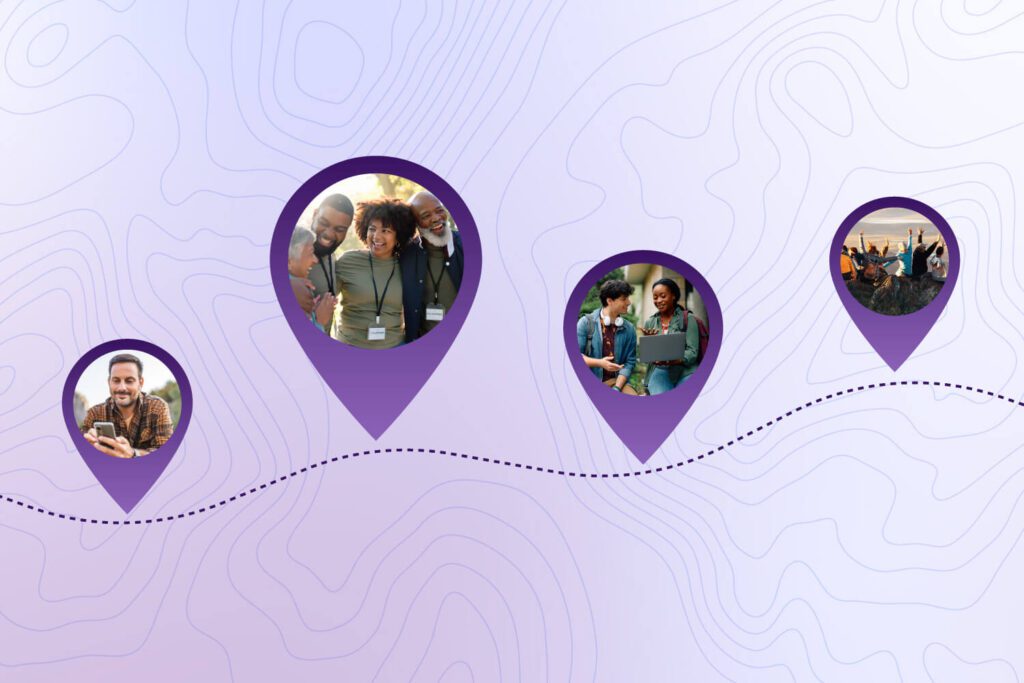Can donor surveys really help your nonprofit organization raise more money? In short, yes! Donor surveys are one of the most affordable ways to improve donor retention, build deeper donor relationships, and even cultivate major or planned gifts.
Feedback from donor surveys can give you a better understanding of why your donors give, what types of programming they’re most interested in, and which aspects of your purpose they value most. When done well, donor surveys can upgrade donors and boost retention. We’ll cover the basics and share three tips to ensure your donor surveys are as effective as can be.
Donor survey basics
To create donor surveys that get results, you need to put careful thought into the questions you ask and how you ask them. When you’re ready to plan out your donor survey, start by getting your team together and discussing the following questions:- What are your goals for the survey? What do you want to learn from your donors? Determine if you’re most interested in learning the reasons donors give, what programs they want to support, or the effectiveness of your engagement strategies, for instance. You could also consider asking about your appreciation efforts, branding, or events.
- Who is your audience for this survey? Different options for donor segments to focus on include current donors, lapsed donors, first-time donors, or major donors. Or, if you want to learn primarily about supporter engagement, consider surveying event attendees or volunteers.
- How will you distribute the survey? Choose whether you’ll send out your survey via email or social media. Then, determine how you’ll process and share the results.
- How will you use the results to better serve donors? Determine how you’ll record the results in your donor database for future reference. Then, schedule a meeting or add an agenda item to an existing staff meeting to discuss making changes to your strategy based on the feedback you receive.
3 tips for using donor surveys to boost revenue
Now that you’ve listed your priorities and outlined the basics of your donor survey, let’s dive into three easy tips for using your survey to drive engagement and improve relationships.1. Write clear survey questions
How you ask your questions will impact the success of your survey. As you create your survey, make sure that your questions are:- Straightforward and easy to understand. The more direct you can be, the better. Donors should be able to fill out your survey quickly, without taking time to puzzle out what you mean.
- Tailored for your audience. For example, a post-event survey should include very different questions from a lapsed donor survey.
- A variety of question formats. Include open-ended questions, multiple choice, questions with a “check all that apply” option if the answers aren’t mutually exclusive, and questions that ask supporters to rate something on a scale of one to five.
2. Use subject lines to grab donors’ attention
One of the most important parts of an online donor survey isn’t a question at all. The subject line of your emails often determines whether supporters will participate in your survey. Think about what kinds of subject lines inspire you to take surveys. Get creative, and remember to use donor-centric language that shows you value each individual’s input. If you send out multiple reminder emails about the survey, vary the language and level of urgency in your subject lines.3. Be prepared to honor donors’ preferences
When donors spend valuable time filling out your survey and indicating their preferences, they expect you to honor them. Whether they disclose personal communication preferences or specify the types of events they want to attend, you should have a plan in place to record and act on this information. Input their feedback into your donor management software, then use this data to segment and personalize your communications to deepen relationships with donors. Using this information to improve relationships and retain donors is what makes donor surveys worthwhile.Next steps
Ready to create donor surveys like a pro? Join Rachel Muir, CFRE, and Lynne Wester, The Donor Relations Guru, for a 3-part donor survey course loaded with survey guides, templates, tested techniques, sample surveys, and tear-down sessions teaching you how to ask the right survey questions the right way. Guest Author: Rachel Muir, CFRE Rachel Muir has worked every side of the Rubik’s cube that is the nonprofit sector. When she was 26, Rachel launched Girlstart, a nonprofit empowering girls in math, science, engineering, and technology. Several years later she had raised over $10 million and was featured on Oprah, CNN, and the Today show. Her career spans running successful nonprofits, leading an online fundraising consulting practice, and managing major gift portfolios. Today Rachel delivers keynotes, custom training, and board retreats that transform people into confident, successful fundraisers.
Ready to Get Started?




